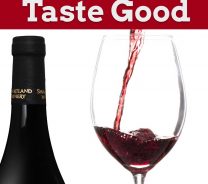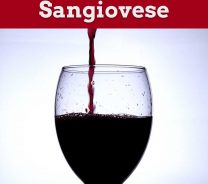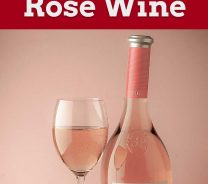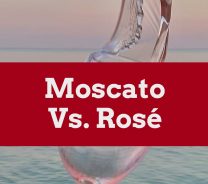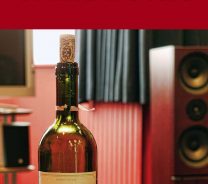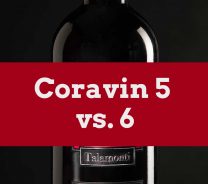The Unspoken Details About Riesling’s Color That Fool Amateurs
Last Updated on August 1st, 2023
Reader Disclosure Disclosure: We may earn commissions for purchases made through links on our site. Learn more on our about us page.One of the primary and easiest ways to tell the difference between wines and their potential taste is their color. This is a helpful first step when you’re first learning about wines.
So, what do you do when you come across a wine like a Riesling that can appear white or red with a few other colors on the spectrum in between?
Included here is a quick guide to Riesling’s colors and the corresponding taste profile to help you get the best out of that next cozy night in with your loved one, hanging out with a group of friends, or curled up on the couch by yourself.
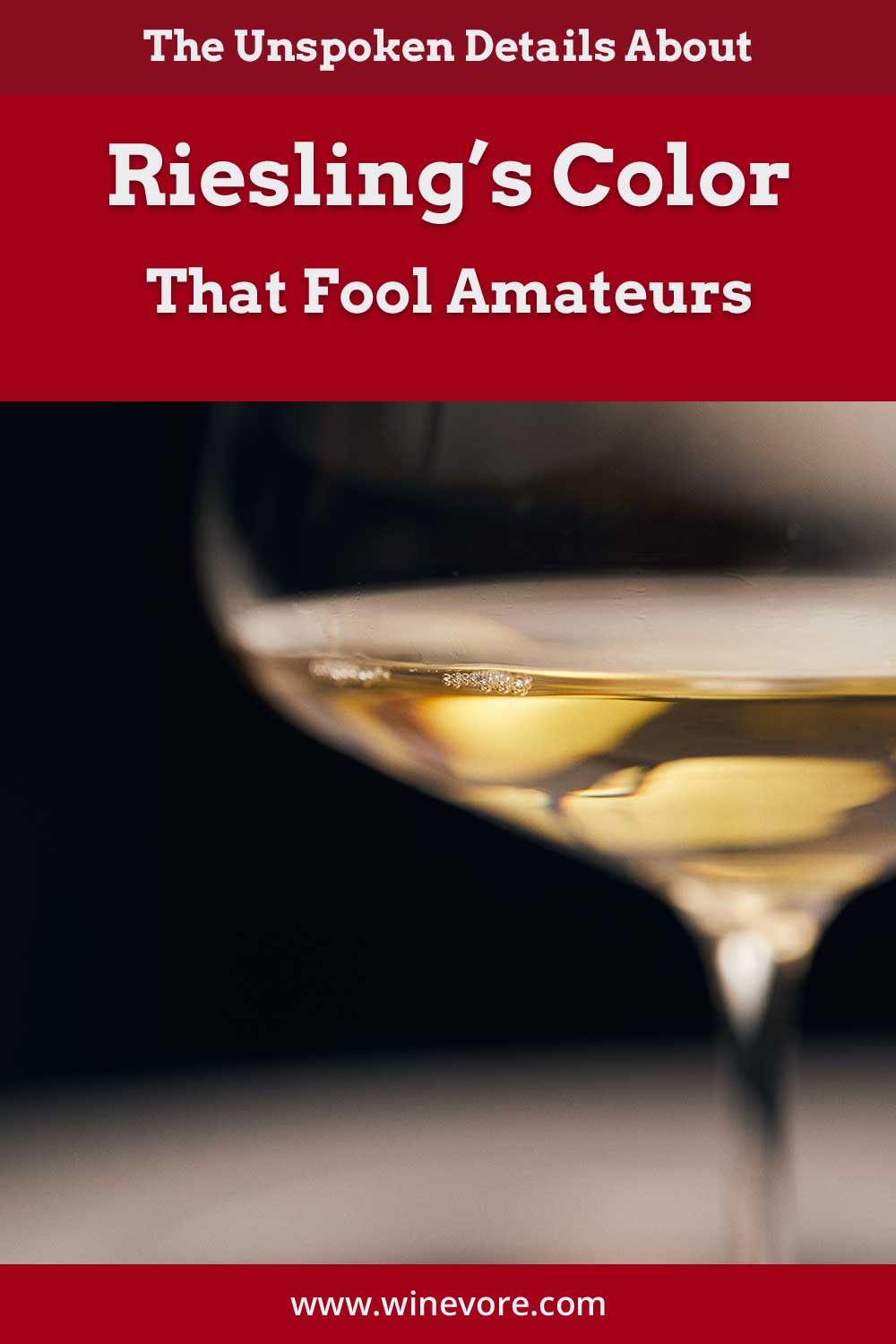
Have Some Riesling, But Not Sure About the Color?
It’s your turn to pick the wine for movie night, and instead of sticking to your regular choice of Chardonnay, you decide to spice things up and try a Riesling.
Rieslings are typically sweet, fruity, and refreshing in taste, but its color can tell us a little bit more about what to expect in the ones we choose. So whether you’re looking for something on the dry side or for something a little sweeter, the answer is likely found in color.
Should Riesling be yellow?
When Riesling is poured into a glass, its color may come as a surprise to the novice wine drinker. Although this wine is classed in the white (v. red) category, the color tends to appear more on the yellow side, with hues that range from pale straw to deep canary.
The general rule tends to be that the deeper the yellow color, then the sweeter the taste, and the lighter the yellow color, then the more dry and less sweet the flavor.
So, if you’re in-between options and know your loved one enjoys something sweet, then why not share that deep golden Riesling you’ve been meaning to try?
Is Riesling dark yellow?
Rieslings, as mentioned above, are typically yellow in color but vary in hue. If you open a bottle of Riesling and it’s a dark yellow color, that doesn’t mean the wine has soured or is mislabeled.
So don’t fret. This deep color is actually pretty common for Rieslings and tells us a bit about what to expect in taste. Rieslings that are dark yellow are usually very sweet.
Keep this in mind the next time you’re hosting and want to impress that one wine-loving friend who said they prefer a sweet Riesling.
Why is my Riesling orange?
You might already know that Rieslings come in yellows, but what does it mean when you open that bottle which you bought in a rush and the color turns out to be orange?
Orange Rieslings are not very common. Nonetheless, they are still Rieslings. Your Riesling is orange because of the way the wine was made.
Typically, when making white wines, like Riesling, the skin on the grapes used to make the wine is peeled off. However, if your Riesling is orange, this means the skins were left on the grape.
As for taste, this can vary with orange Rieslings. They’re usually described as robust with deeper flavors typical of red wine but still have the refreshing feeling of drinking white wine.
If you really want to bring something unique for a wine night with the intention to expand everyone’s experiences, an orange Riesling would be a phenomenal conversation starter and an enjoyable libation.
Is there a red Riesling?
Though Rieslings are considered to be white wines, there is a rare trend of red Rieslings appearing on the market that could confuse even the most informed wine drinker.
Rieslings are white grapes, but Roter Rieslings are a rare mutation of Riesling grapes that have pink skin.
Red Riesling wines get their color from these pink-skinned grapes, but their taste is not much different from what you would expect from a ‘regular’ Riesling, though the taste may be a bit more robust and crisp.
So, a red Riesling is a good aromatic choice for your next night of Netflix and chill.
What about pink Riesling?
Pink Rieslings, like red ones, are rare and are also the result of pink-skinned Riesling grapes. You can expect pink Rieslings to taste similar to red Rieslings.
They’re heavier and crisper in taste but still refreshing and fruity. Pink Rieslings are a great choice for your next weekend brunch or a trip to the beach. It can also be fun to flex your knowledge the next time someone you know confuses a pink Riesling with a Rosé!
Final Thoughts on Riesling’s Colors
Rieslings are white wines that come in yellow hues ranging from pale straw to deep canary. If you ever find yourself in need of choosing a Riesling, remember, the lighter the yellow color, the drier the taste. But, conversely, the darker the yellow color, the sweeter the taste.
Though you may find a rarer red or pink Riesling out there, their tastes are not drastically different from the typical Rieslings to which you may be accustomed, though the left-on grape skins may give the Riesling a heavier and crisper taste.
Further, Rieslings that are orange in color receive their hue from the grape skins that are left on in the fermentation process, while traditional white Rieslings are made from peeled grapes.
So whether you’re looking to impress your wine connoisseur best friend or looking for something sweet and refreshing for a memorable night, a Riesling is a great choice for any occasion, with options that can fit almost any palate.

